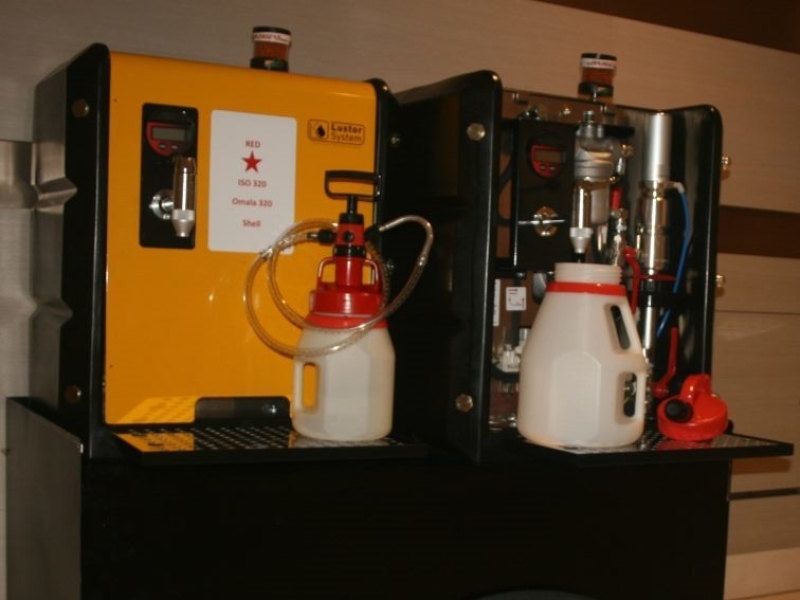Applications suitable for grease
Grease and oil are not interchangeable. Grease is used when it is not practical or convenient to use oil. Based on the properties of grease, the following list describes situations where grease is the lubricant of choice:
- Where leakage and drippage is present
- In hard-to-reach places where lubricant circulation is impractical
- Where sealing is required in a high-contaminant environment (i.e. water and particles)
- To protect metal surfaces from rust and corrosion
- To lubricate machines that are operated intermittently
- To suspend solid additives such as moly during slow-speed, high-load sliding conditions
- For use in sealed-for-life applications such as electric motors
- To lubricate under extreme or special operating conditions
- To lubricate badly worn machines
- Where noise reduction is important
As with oil, grease displays its own set of characteristics, that must be considered when being chosen for an application. Once the correct grease has been selected, it has to be applied properly with the right amount at the right frequency.
There are many different options for doing this. Ideally, a small amount should be applied more frequently. This is the advantage of using an automated system, such as single-point lubricators and centralised grease systems. The most common application system, though, is still the manual grease gun.















